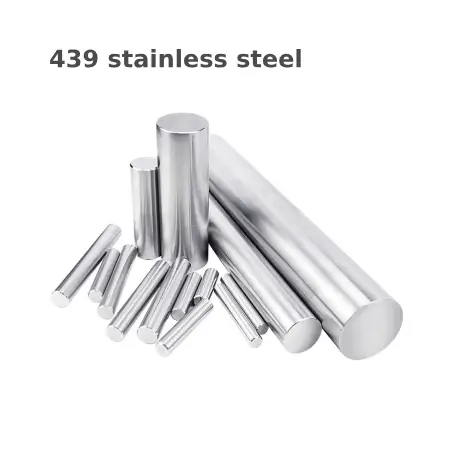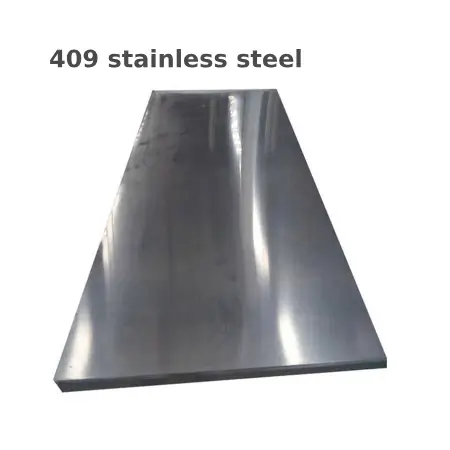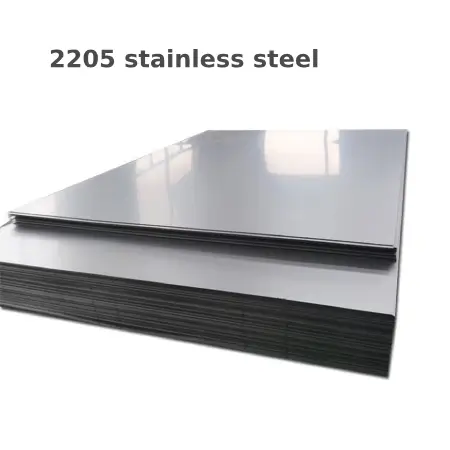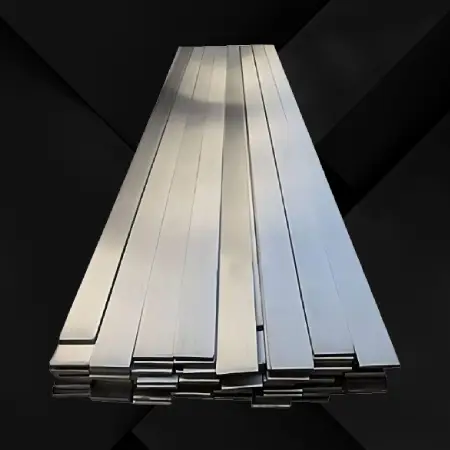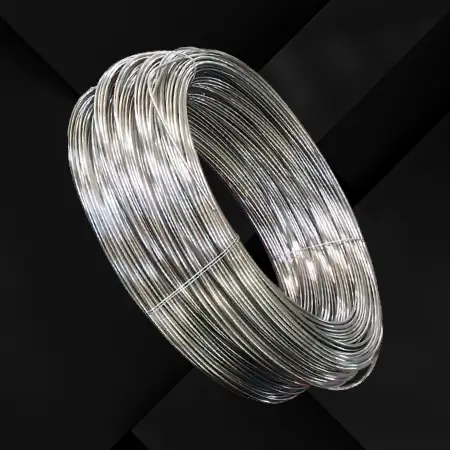439 Stainless steel is a specific grade of stainless steel that is part of the Ferritic family of stainless steels. It's known for its balanced combination of properties, which makes it suitable for various applications.
Introduction to 439 Stainless Steel
Material Composition: 439 stainless steel, also known as EN1.4021 or AISI 439. is a Ferritic stainless steel containing a high level of chromium, with small additions of titanium for stabilization, ensuring increased resistance to corrosive environments.
Corrosion Resistance: This grade has excellent general corrosion resistance that is better than Type 430 but not as high as the more common Austenitic stainless steels like 304 or 316. It offers good performance in mildly corrosive environments.
Higher Temperature Applications: 439 stainless steel has better high-temperature strength compared to some other Ferritic grades. It can resist scaling up to 1200°C (2200°F) or even higher depending on the application.
Applications: Due to its properties, 439 stainless steel is used in applications such as exhaust systems, automotive parts, heat exchangers, furnace components, and cooking utensils. It's also used for manufacturing household appliances that require both corrosion resistance and good mechanical properties.
Heat Treatment: This grade's properties can be enhanced through heat treatment. Solution annealing is commonly used to recrystallize cold-worked material, and aging is used to increase hardness but does not substantially change the ductility or toughness.
Fabrication: 439 stainless steel is easy to machine, weld, and form. However, because of its Ferritic structure, it may exhibit some hardening during cold working, which can increase the risk of cracking during welding and may require a stabilizer solution to prevent intergranular corrosion.
Chemical Composition: The chemical composition typically includes high levels of chromium (around 16-18%), a significant amount of carbon (less than 0.08% for grade 439 and around 0.04-0.10% for grade 439M which has molybdenum), and small percentages of titanium, silicon, manganese, phosphorus, sulfur, and nitrogen.
Environmental Considerations: 439 stainless steel has good formability in both hot and cold conditions. Although it does not gain as much strength from cold working as other stainless steels, it is less prone to stress-corrosion cracking, making it a common choice for components that are subject to corrosive conditions.
Surface Finish: The material can be polished to a high-luster finish, valued for both decorative and functional applications.
International Standards: Produced to meet international specifications and standards that ensure quality and consistency across different uses.
Availability: 439 stainless steel is available in various forms, including sheet, plate, coil, strip, bar, rod, wire, and tube, accommodating diverse manufacturing and fabrication requirements.
439 stainless steel is known for its affordability and balance of characteristics, making it a popular choice for applications where moderate corrosion resistance and high-temperature strength are required without the need for the higher corrosion resistance of more complex and expensive alloy systems.

